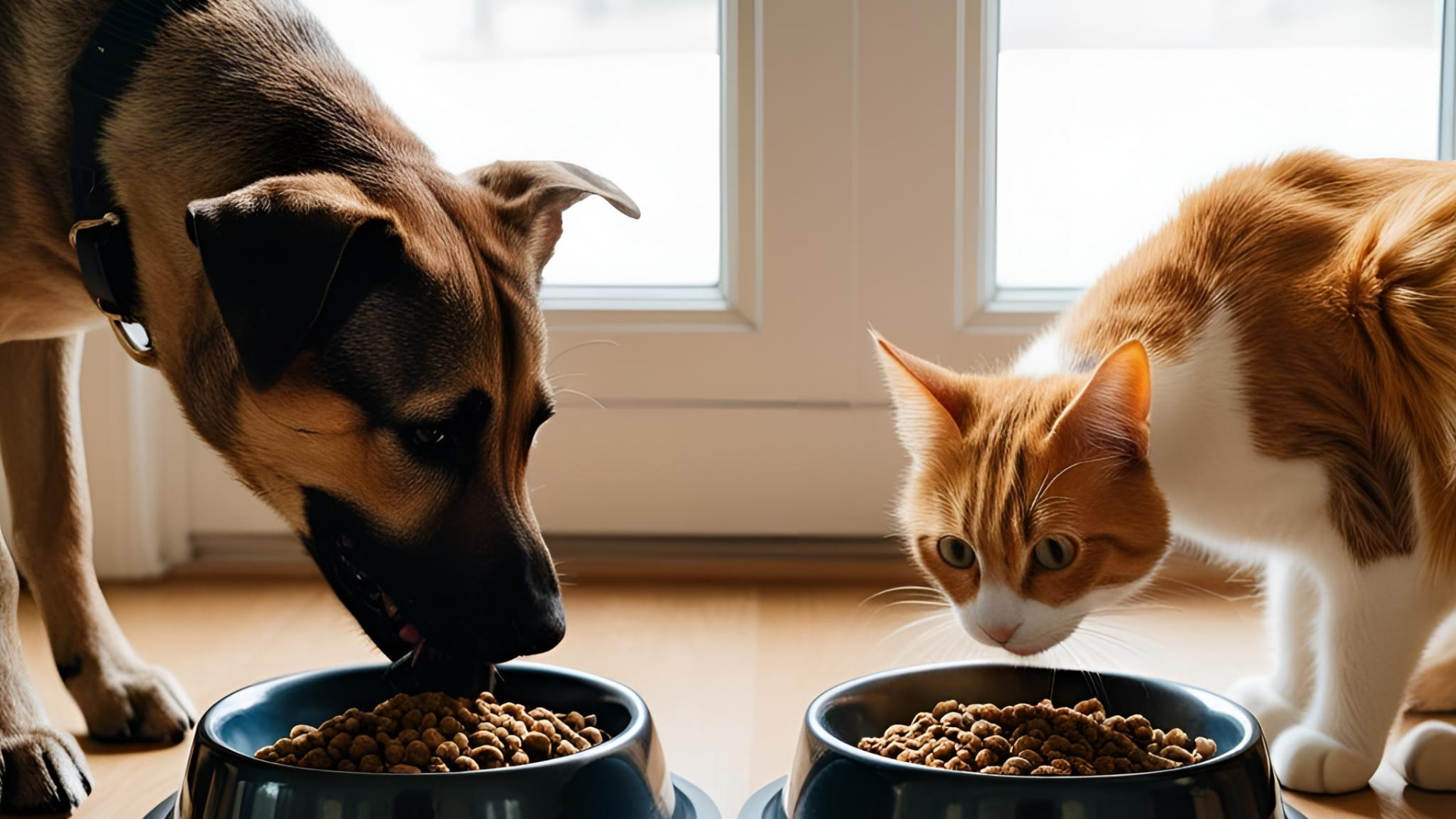
Feeding your pet may seem simple, but how often you fill their bowl can make a big difference in their overall health and happiness. Whether you’re raising a playful puppy, a laid-back adult cat, or anything in between, choosing the right pet feeding schedule is essential.
So what’s better—feeding once a day, multiple times, or letting your pet graze all day? Here's a breakdown of the most common methods and what pet experts recommend.
Feeding Your Pet Once Per Day
Feeding pets once a day might seem like a time-saver, and some dog owners prefer this method for convenience. However, it’s rarely ideal for most animals—especially growing puppies, kittens, or highly active dogs.
With just one meal a day, pets often experience long stretches of hunger, which can lead to low energy, stomach upset, or behavior issues like begging or scavenging. While a few adult dogs may thrive on a single daily meal, it’s not typically recommended as a general rule.
Bottom line: Once-a-day feeding may work for some, but it often leaves pets hungry and uncomfortable.
Feeding Pets Multiple Times a Day
Feeding your dog or cat two to three times per day is widely considered the healthiest and most balanced approach. This method supports steady energy levels, healthier digestion, and a more controlled appetite. It also gives pet owners a chance to manage portion sizes and monitor their pet’s eating habits more closely.
Pets that eat at regular times tend to feel more secure and satisfied, and this structure can help prevent obesity and food-related anxiety. Young pets, in particular, benefit from more frequent feedings as they grow.
Best for: Most cats, dogs, puppies, and kittens
Bonus: It’s easier to spot health issues early when you track how much (or little) your pet eats at each meal.
Free Feeding (Grazing)
Free feeding involves keeping your pet’s food bowl full and allowing them to eat whenever they like. This works best with dry food and is more common for cats than dogs. While it’s convenient, especially for pet parents with busy schedules, free feeding can lead to problems like overeating and weight gain.
Another drawback? It’s difficult to track changes in appetite—often the first sign that something’s wrong. And in multi-pet homes, one animal may hog the food while others go without.
Tip: If you try free feeding, monitor your pet’s weight and behavior closely, and don’t use it with wet food (which spoils quickly).
What’s the Best Feeding Strategy?
For most pets, feeding twice a day with measured portions is the ideal balance of structure and flexibility. It supports better health, behavior, and digestion while making it easier for you to spot potential issues early. Always provide fresh water throughout the day, and talk to your veterinarian about your pet’s specific needs—age, breed, and health conditions all play a role in determining the right routine.
Final Thoughts
Choosing the right pet feeding schedule isn’t just about convenience—it’s about promoting long-term health and well-being. While some pets do fine with one meal a day or free access to food, the majority thrive on two or more structured meals daily. It’s a small change that can make a big difference.
Once you’ve settled on a schedule, the type of food you choose matters just as much. Whether you're considering a raw food diet, exploring gently cooked meals, or looking into freeze-dried options, each feeding style has unique benefits worth exploring.

Comments (0)
Back to Blog